
You might not realize this, but cleaning your chimney is an important part of keeping your home safe during winter, not only for Santa’s sake, but also your family’s. During a chimney cleaning, your professional chimney sweep will remove creosote buildup and check to see if there’s any damage inside your chimney.
What Causes Chimney Fires?
There are multiple things that cause chimney fires, but the most common causes of chimney fires tend to include the following:
- Creosote buildup: Even though you don’t always see the inside of your chimney, it gets dirty like any other part of your home. And unfortunately the only way to prevent creosote from building up in your chimney, is to never use your fireplace. When this layer of buildup in your chimney can cause sparks that can lead to a chimney fire.
- Rubble: Your chimney is the perfect place for rubble, like leaves, small twigs and other things to accumulate. Birds and small mammals also have a tendency to make nests in chimneys. When you use your fireplace, this rubble can catch fire.
- Structural problems: In order to channel smoke and harmful gases from your home, your chimney needs to be structurally right. The chimney needs to be build large enough to accommodate the size of your fireplace. Your chimney also needs to be well-maintained. If the inside of your chimney has cracks, or the lining of your chimney is damaged, this could pose an additional risk.
- Irresponsible fireplace use: It’s recommended that you have your chimney cleaned and inspected every year, but if you aren’t using your fireplace responsibly, even an annual chimney inspections might not be enough. To prevent chimney damage, you should avoid making your fires too hot, as this can cause the inside lining of your chimney walls to crack. Using unseasoned wood or not opening the damper wide enough can also be problematic, as this can cause creosote to build up in your chimney faster, increasing the risk of a chimney fire.
By having annual chimney inspections and learning more about what woods are good to burn in your chimney, as well as how to keep airflow in your chimney at an optimal level, you’ll be able to use your chimney knowing you did everything you could to ensure chimney and fireplace safety.

Signs Your Chimney Needs Cleaning
It’s good to have your chimney cleaned once a year, so if you can’t remember the last time your chimney was cleaned, call a chimney professional and book a chimney cleaning as soon as possible. To avoid a chimney fire, it’s best to not use your fireplace before your chimney isn’t all cleaned up.
But even if you regularly have your chimney cleaned, creosote can build up at a faster pace if you use your fireplace a lot. A bad odor coming from the fireplace is a pretty clear sign that your chimney needs to be cleaned again. The bad news is that chimney odor can actually be worse in the summer. Even though you probably don’t use your chimney during summer, the high humidity that comes with the warmer months can help bad odors from the creosote buildup in your chimney to travel through the air better. To avoid your chimney from getting smelly over summer, it’s good to have it cleaned right before winter ends.
The Truth About Chimney Fires
You might think that chimney fires always wreak havoc on a home, but the truth is that chimney fires often go undetected. Here’s the scary thing, if you had a chimney fire you didn’t even know about, there’s a pretty good chance your chimney will catch fire again while you use it in the future. Signs that you’ve had a chimney fire that went undetected include things like a damaged and discolored chimney cap, creosote flakes on your roof or the ground, puffy creosote in the chimney and other damages to the chimney itself and surrounding areas of your roof.
If you suspect you might have had a chimney fire, schedule a chimney cleaning and inspection as soon as possible. Don’t use your fireplace before you a chimney professional has had a look at your chimney. While things might get a bit chilly, the comfy heat from your fireplace isn’t worthwhile if you’re using it while your chimney is damaged.
Too many homeowners become complacent when it comes to chimney safety, and unfortunately this complacency has cost many lives in the past. Don’t allow your family to become victims!
Schedule Your Chimney Cleaning
No matter how good or bad the current condition of your chimney, Chimney Sweeps West is here to help. While we’re sure you’d agree that cleaning chimneys isn’t the most glamorous job around, we believe in the work we do because we know the value of chimney safety for fire prevention. Cuddling up in front of a warm fire in the winter should be enjoyable, not stressful. With our chimney care services, it can be.

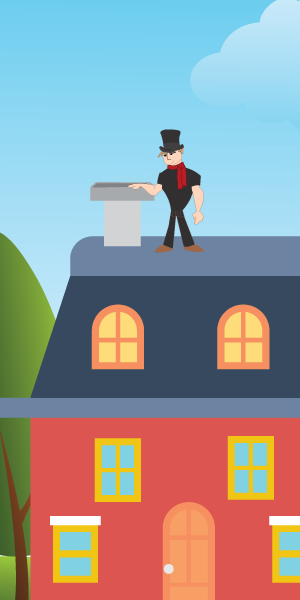


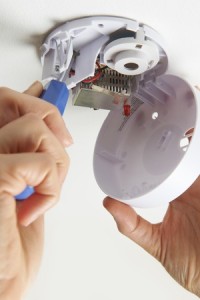

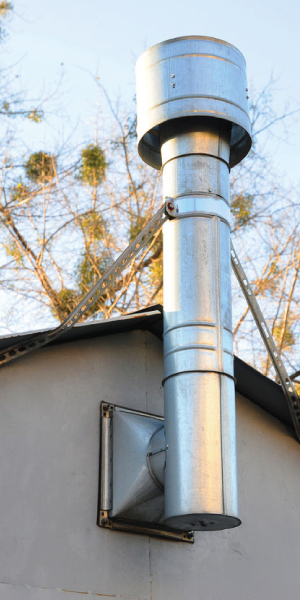

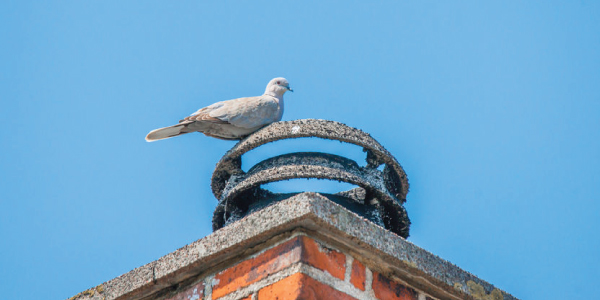

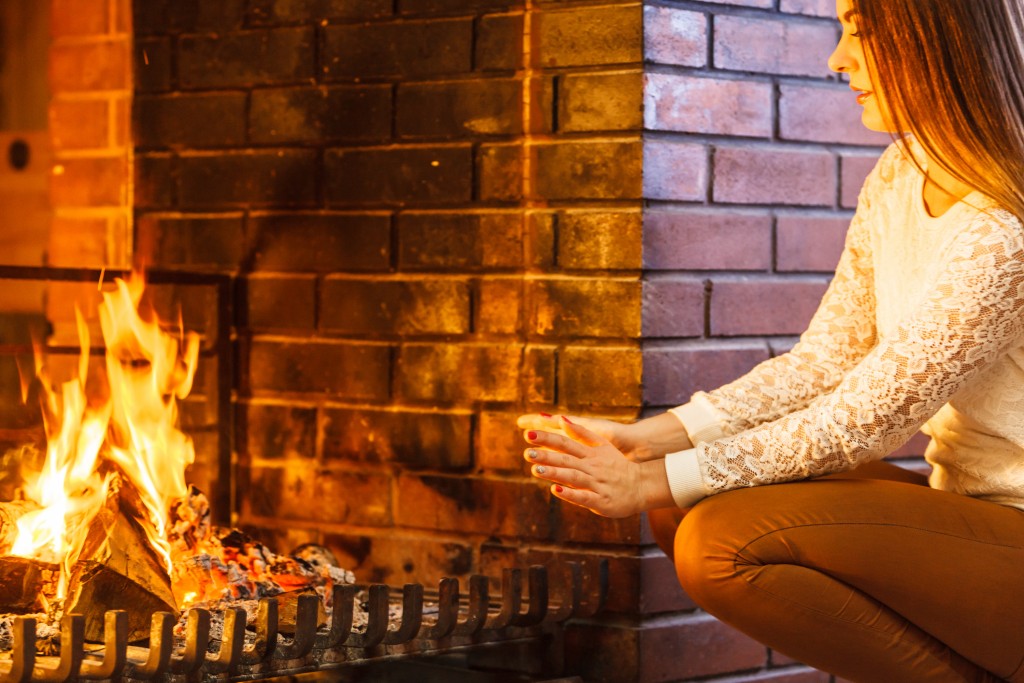



Recent Comments